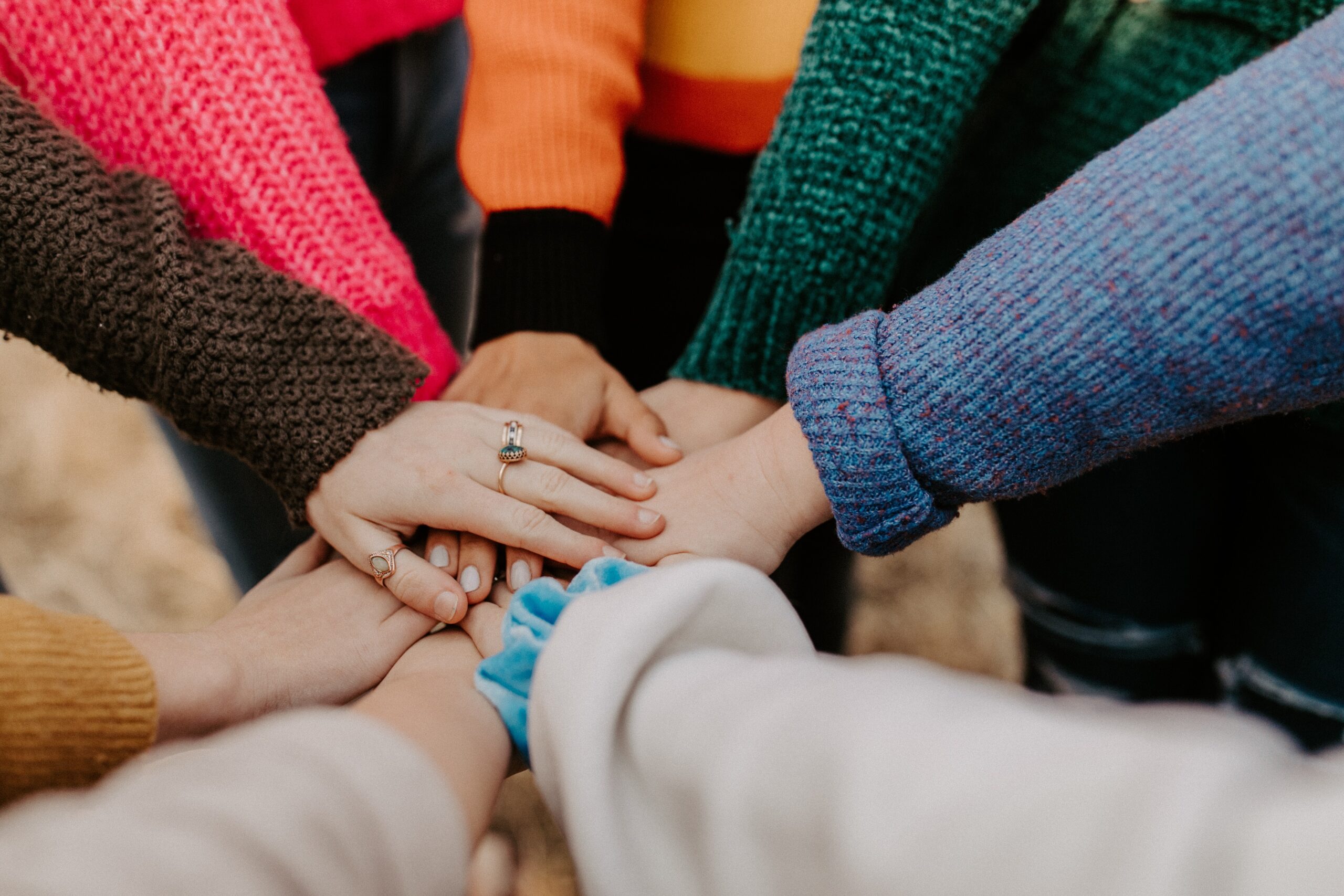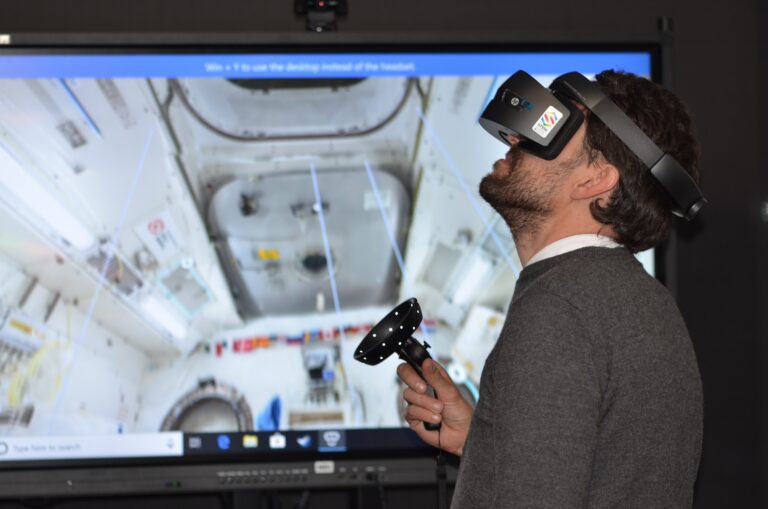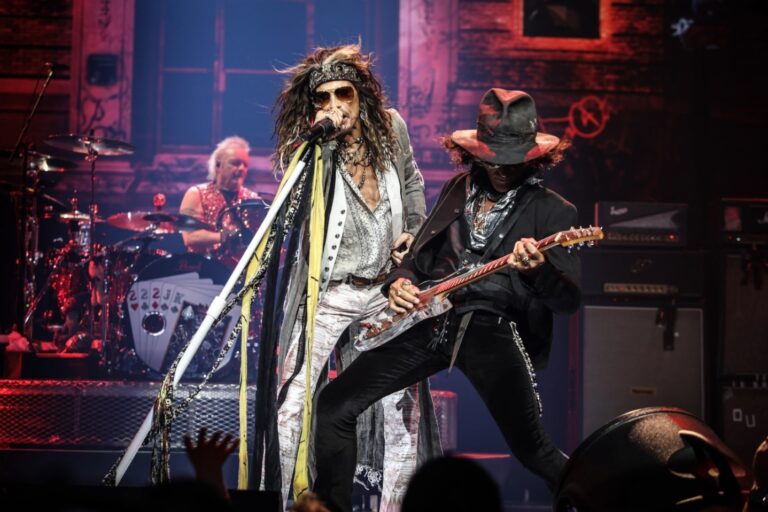Service Learning: Creating connections and building community
One of my most enduring memories from my undergraduate years is a reading break project I participated in during my first year. I was assigned to a team of science students who would be volunteering in an elementary school in Vancouver’s Strathcona neighbourhood, close to the Downtown Eastside. I remember feeling surprised when I saw that our project schedule only had us working with the Grade 6 students about half the time; the rest would be spent in workshops with the facilitators. I thought that we could serve the children and the community better by spending all our time with them, not just some. What I hadn’t yet realized was that my reading week project wasn’t simple volunteerism. It was a service-learning project, with dual goals: to enhance science learning for the elementary school students, and to build greater understanding of local issues for the university students.
As we adjust to the “new KPU”, more than two years into the pandemic, many faculty are looking to reconnect and rebuild communities and relationships. Service learning projects, like the one I participated in, are one way to build bridges between the university and the wider community.
What is service learning?
Service learning is a form of experiential learning that brings the university together with a community partner for the mutual benefit of both. Students participating in service learning engage in reflection to contextualize their observations and synthesize their learning with course content.
Bringle, Hatcher, and MacIntosh (2006) highlighted common practices needed for service learning to be effective:
Service learning is a credit-bearing educational experience in which students (a) participate in an organized service activity that meets identified community needs and (b) reflect on the service activity in such a way as to gain further understanding of course content, a broader appreciation of the discipline, and an enhanced sense of personal values and civic responsibility.
You may know service learning by another name. Some of these include “Community-Based Learning” and “Civic Engagement.”
What is the value of service learning?
Service learning takes place in non-traditional contexts and thus facilitates learning that cannot be replicated in a traditional university classroom. For example, students working with members of marginalized communities may react emotionally upon learning about those communities’ challenges. Such responses afford students the opportunity to integrate cognitive and affective domains in their learning. This can be particularly powerful in STEM fields, where students do not always have a chance to engage emotionally with the material (Hall and O’Hare 2016).
A service-learning project can also be a chance for students to develop Essential Skills (KPU Policy AC9). Depending on the demands of the project, students can practice their Oral Skills (by communicating with team members and community members), Interpersonal Skills (by working with peers and community members), Teamwork and Leadership Skills (by working in a team of students), Intercultural Skills (by working with a community group), and Citizenship and Global Perspective (by integrating their course knowledge and reflecting on their experience). By applying their skills and knowledge in a real-world context, students become more comfortable with ambiguity and can further develop their critical thinking skills.
Community partners usually work with teams of students. Thus, students build relationships not only with the community partner, but also with their peers, and may identify more strongly with the university. Highly engaged students are more likely to be retained and persist in their programs (Yob 2014).
What could service learning look like?
Service learning projects will vary depending on the needs of the community partner, the academic area, and the timescale of the project. Some projects, like my experience in the elementary school, are direct: students work face-to-face with individuals. Other projects are indirect: students’ work will benefit the community as a whole. This could look like collecting litter or removing unwanted invasive species. Some projects are research-based: students could gather data on pollution or traffic patterns, and produce a report. Other projects are advocacy-based: students could work in support of a legislative change.
Examples of STEM service learning projects
Given my role as the Educational Consultant for Teaching Excellence in Science and Horticulture, I am particularly interested in STEM service learning projects.
Outreach projects are a common implementation of service learning in STEM disciplines. While in-person interactions were not always possible during the height of the COVID-19 pandemic, some groups were able to transition to online visits. Dovi et al. (2021) describe how such a project permitted university students maximum flexibility for chemistry presentations to elementary school students. Students on-campus could stream their presentation from the lab, while remote teams could coordinate their presentations online. Au Yeung et al. (2019) introduced intergenerational relationships to their service learning project at an aquatic theme park by pairing traditional university students and elders taking further education classes. Both students and elders reported feeling more comfortable with intergenerational communication and gaining perspective on the other generation’s worldview as a result of completing the project.
Service learning can also take the form of designing or building items for a community’s use. For example, Duffy et al. (2008) describe how Electrical Engineering students work with partner organizations to build assistive technology devices for clients with disabilities. Students learn about client needs and then are able to fabricate devices that address specific client needs.
Conclusion
Service learning can be a transformative experience for students and the community partner. The COVID-19 pandemic demonstrated to me the importance of building local community. What local community group might you partner with to involve your students in service learning?
As for me, my involvement with that first service learning project didn’t stop with Reading Break; I visited the school again later in the spring. I have derived a lot of meaning from continuing to serve the communities I am a part of. As I reflect (again!) on my undergraduate experience, I look forward to continuing the cycle one day, this time as a faculty member.
References
Au Yeung, S. N. C., Lam, L. K., & Fong, J. J. (2019). How service-learning promotes intergenerational harmony: Case study of a service-learning project in a science course. Metropolitan Universities, 30(3), 20-35. https://doi.org/10.18060/23194
Bringle, R. G., Hatcher, J. A., & McIntosh, R. E. (2006). Analyzing Morton’s Typology of Service Paradigms and Integrity. Michigan Journal of Community Service Learning, 13(1), 5.
Dovi, K., Chiarelli, J., & Franco, J. (2021). Service-learning for a multiple learning modality environment. Journal of Chemical Education, 98(6), 2005-2011. https://doi.org/10.1021/acs.jchemed.0c01475
Duffy, J., Barington, L., Moeller, W., Barry, C., Kazmer, D., West, C., & Crespo, V. (2008). Service-learning projects in core undergraduate engineering courses. International Journal for Service Learning in Engineering, 3(2), 18-41. https://doi.org/10.24908/ijsle.v3i2.2103
Felten, P., & Clayton, P. H. (2011). Service-learning. New Directions for Teaching and Learning, 2011(128), 75-84. https://doi.org/10.1002/tl.470
Hall, M. P. & O’Hare, A. J. (2016). Learning and Emotion. In J. L. Newman, D. W. Sunal, & C. S. Sunal. (Eds.) Science and service learning (pp. 221-239). IAP. Yob, I. M. (2014). Keeping students in by sending them out: Retention and service-learning. Higher Learning Research Communications, 4(2), 38. https://doi.org/10.18870/hlrc.v4i2.177






